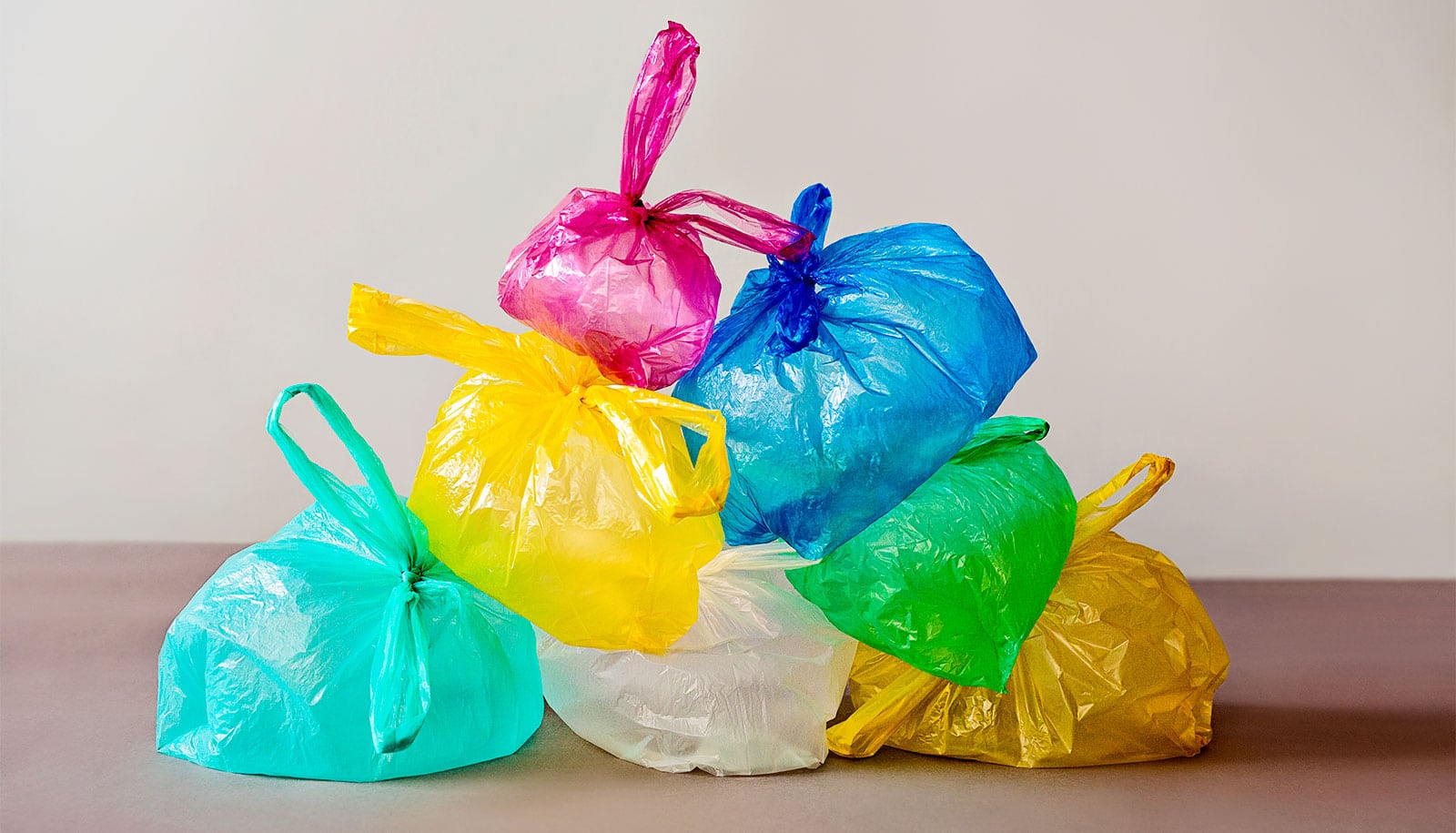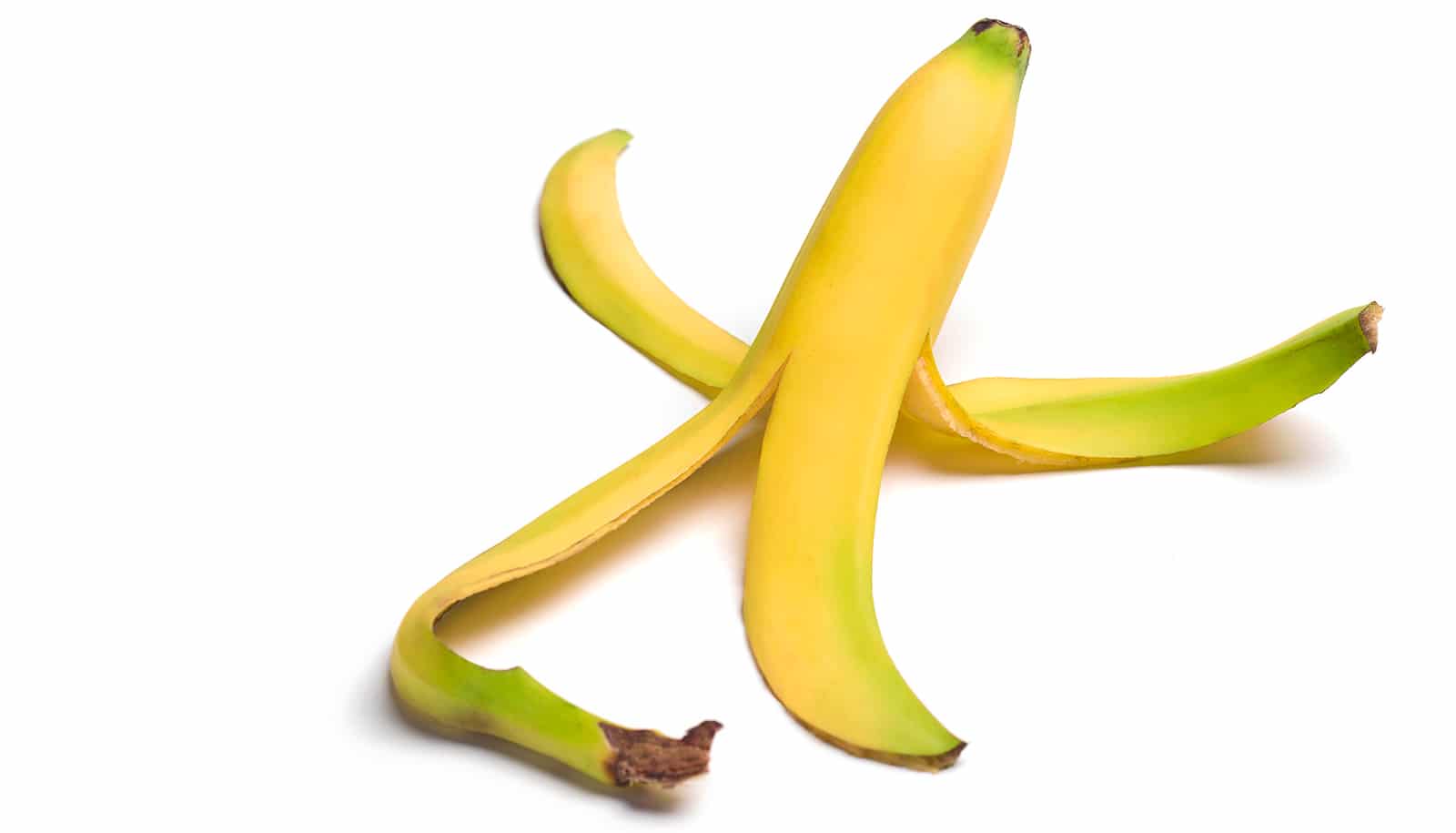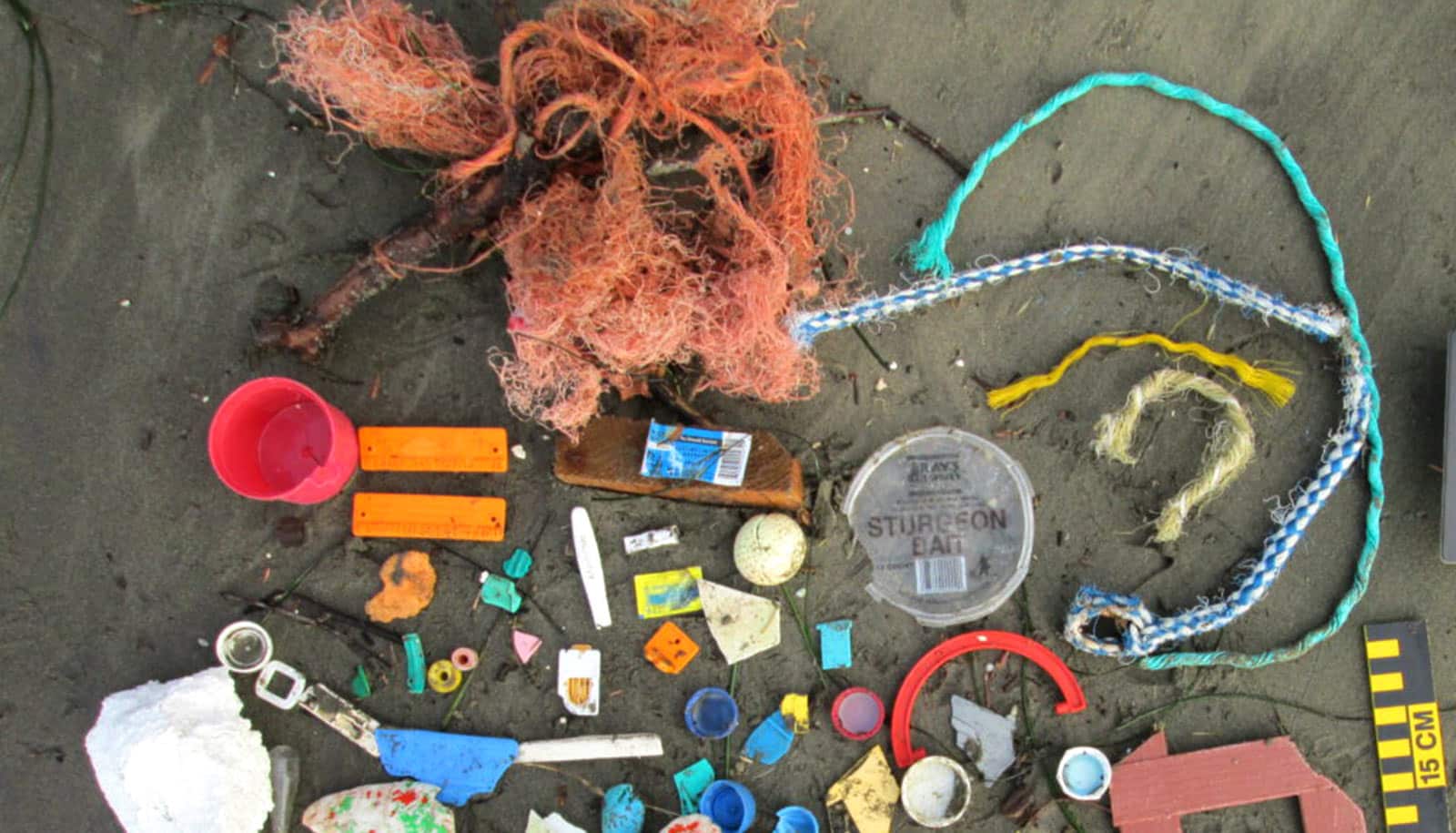Researchers have developed a way to make a promising, sustainable alternative to petroleum-based plastics more biodegradable and reduce plastic waste.
The bio-based polymer blend is compostable in both home and industrial settings.
“In the US and globally, there is a large issue with waste and especially plastic waste,” says Rafael Auras, professor of packaging sustainability at Michigan State University.
Less than 10% of plastic waste is recycled in the US. That means the bulk of plastic waste ends up as trash or litter, creating economic, environmental, and even health concerns.
“By developing biodegradable and compostable products, we can divert some of that waste,” Auras says. “We can reduce the amount that goes into a landfill.”
Another bonus is that plastics destined for the compost bin wouldn’t need to be cleaned of food contaminants, which is a major obstacle for efficient plastic recycling. Recycling facilities routinely must choose between spending time, water, and energy to clean dirty plastic waste or simply throwing it out.
“Imagine you had a coffee cup or a microwave tray with tomato sauce,” Auras says. “You wouldn’t need to rinse or wash those, you could just compost.”
Addition of starch
The team worked with what’s known as polylactic acid, or PLA, which seems like an obvious choice in many ways. It’s been used in packaging for over a decade, and it’s derived from plant sugars rather than petroleum. When managed properly, PLA’s waste byproducts are all natural: water, carbon dioxide, and lactic acid.
Plus, researchers know that PLA can biodegrade in industrial composters. These composters create conditions, such as higher temperatures, that are more conducive to breaking down bioplastics than home composters.
Yet, the idea of making PLA compostable at home seemed impossible to some people.
“If people think we develop something biodegradable so it can be littered, that will make the problem worse.”
“I remember people laughing at the idea of developing PLA home composting as an option,” says Pooja Mayekar, a doctoral student in Auras’ lab group and the first author of the study in the journal ACS Sustainable Chemistry & Engineering. “That’s because microbes can’t attack and consume PLA normally. It has to be broken down to a point where they can utilize it as food.”
Although industrial compost settings can get PLA to that point, that doesn’t mean they do it quickly or entirely.
“In fact, many industrial composters still shy away from accepting bioplastics like PLA,” Auras says.
In their experiments, the researchers showed that PLA can sit around for 20 days before microbes start digesting it in industrial composting conditions.
To get rid of that lag time and enable the possibility of home composting, Auras and his team integrated a carbohydrate-derived material called thermoplastic starch into PLA. Among other benefits, the starch gives composting’s microbes something they can more easily chow down on while the PLA degrades.
“When we talk about the addition of starch, that doesn’t mean we just keep dumping starch in the PLA matrix,” Mayekar says. “This was about trying to find a sweet spot with starch, so the PLA degrades better without compromising its other properties.”
Fortunately, postdoctoral researcher Anibal Bher had already been formulating different PLA-thermoplastic starch blends to observe how they preserved the strength, clarity, and other desirable features of regular PLA films.
Working with doctoral student Wanwarang Limsukon, Bher and Mayekar could observe how those different films broke down throughout the composting process when carried out at different conditions.
“Different materials have different ways of undergoing hydrolysis at the beginning of the process and biodegrading at the end,” Limsukon says. “We’re working on tracking the entire pathway.”
Managing plastic waste
The researchers have demonstrated that completely compostable bio-based plastic packaging is possible. Yet Auras stressed that this alone won’t be enough to guarantee its commercial adoption.
The challenges there aren’t solely technical. They’re social and behavioral as well.
“There’s not going to be one solution to the entire problem of plastic waste management,” Mayekar says. “What we’ve developed is one approach from the packaging side.”
Beyond industrial composters’ skepticism about plastics that Auras mentioned earlier, there’s a public misconception that biodegradable and compostable materials can break down relatively quickly anywhere in the environment.
These materials require certain conditions, like those found in an active compost, to decompose in a timely fashion. Outside of those, biodegradable plastics that are disposed of in the environment are still just litter.
“If people think we develop something biodegradable so it can be littered, that will make the problem worse,” Auras says. “The technology we develop is meant to be introduced into active waste-management scenarios.”
“We need to be conscious of how we manage waste, especially plastics,” Bher says. “Even at home, you’ll need to think about how you’re managing that small composting process.”
“It’s really easy to just blame plastic for its problems, but I think we need to change the conversation about how we manage it,” Mayekar says.
The US Department of Agriculture and MSU AgBioResearch supported the work.
Source: Matt Davenport for Michigan State



